
-
Find the right food for your petTake this quiz to see which food may be the best for your furry friend.Find the right food for your petTake this quiz to see which food may be the best for your furry friend.Featured products
 Small & Mini Mature Adult 7+ Dog Food
Small & Mini Mature Adult 7+ Dog FoodHill's Science Plan Small & Mini Breed Mature Adult Dog Food with Chicken is a complete pet food, specially formulated with ActivBiome+ Multi-Benefit Technology.
Tailored nutrition to support graceful ageing in small dogs. Specially made with a synergistic blend of nutrients for energy & vigor.Shop Now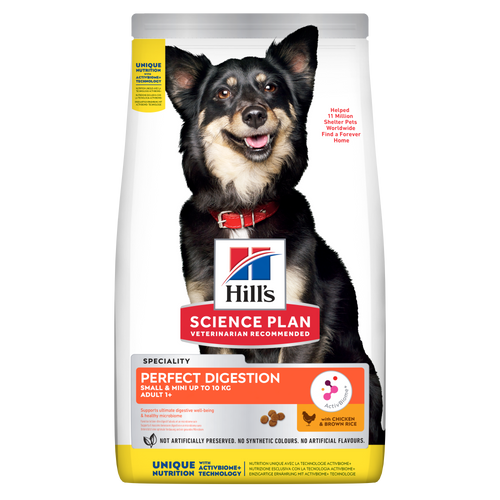 Perfect Digestion Small & Mini Adult Dog Food
Perfect Digestion Small & Mini Adult Dog FoodHill's Science Plan Perfect Digestion Small & Mini Breed Adult Dog Food with Chicken & Brown Rice supports ultimate digestive well-being & a healthy microbiome.
Shop Now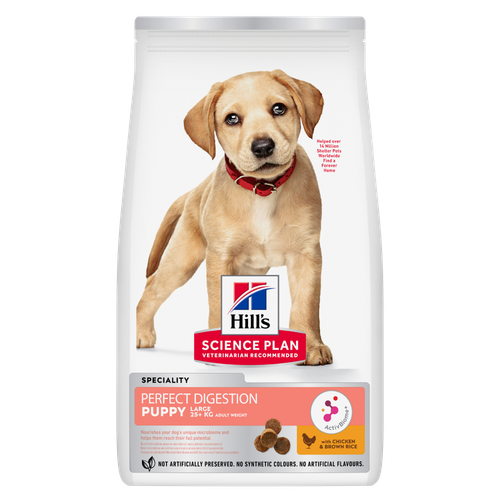 Perfect Digestion Large Breed Puppy Food
Perfect Digestion Large Breed Puppy FoodPrecisely balanced nutrition with Hill's ActivBiome+ prebiotic blend actively contributes to supporting digestive health and overall well-being to help your pet feel their best
Shop NowFeatured products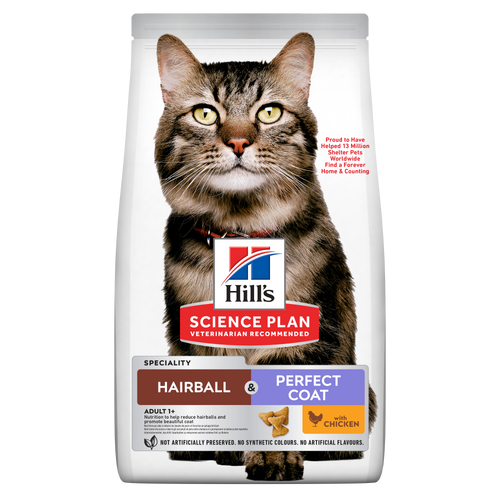 Hairball & Perfect Coat Adult Cat Food
Hairball & Perfect Coat Adult Cat FoodHill's Science Plan HAIRBALL & PERFECT COAT Adult cat food with Chicken is specially formulated to effectively help avoid hairball formation in adult cats while promoting a beautiful coat. Thanks to its mix of essential Omega-6 fatty acids, this food benefits the cat's skin and fur keeping them healthy and shiny. Our Advanced Fibre Technology helps reduce hairballs by naturally promoting their passage through the gut. This food is formulated with high-quality protein for a perfectly balanced, great-tasting recipe.
Shop Now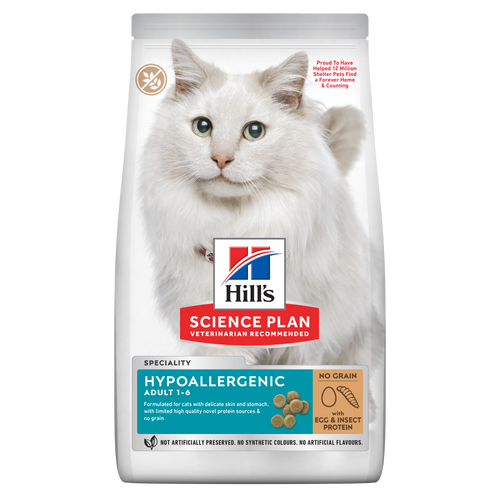 Hypoallergenic Dry Cat Food
Hypoallergenic Dry Cat FoodHILL'S SCIENCE PLAN Hypoallergenic Adult cat food with egg & insect protein is a complete pet food for adult cat 1–6 years old. It's formulated for cats with delicate skin and stomach, with limited high quality novel protein sources & no grain.
Shop Now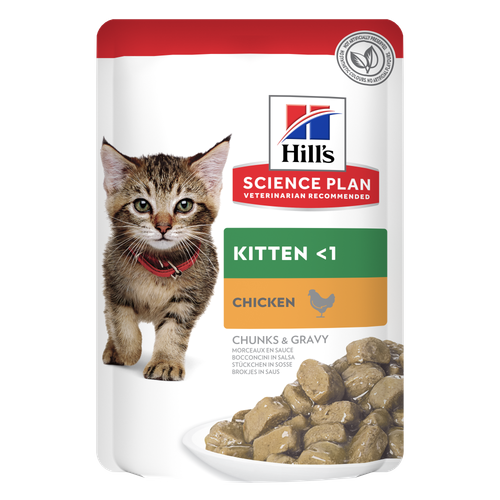 Kitten Food
Kitten FoodTender chicken chunks in gravy for kittens, with omega-3s for healthy eye & brain development and high-quality protein to support muscle growth. With balanced minerals to promote strong bones & teeth.
Shop Now -
Dog
- Dog Tips & Articles
-
Health Category
- Weight
- Food & Environmental Sensitivities
- Urinary
- Digestive
- Joint
- Kidney
-
Life Stage
- Puppy Nutrition
- Adult Nutrition
- Senior Nutrition
Cat- Cat Tips & Articles
-
Health Category
- Weight
- Skin & Food Sensitivities
- Urinary
- Digestive
- Kidney
-
Life Stage
- Kitten Nutrition
- Adult Nutrition
Featured articles Pet Food Storage Tips
Pet Food Storage TipsWhere you store your cat and dog food can make a big difference in the quality and freshness once it is opened. Here are some common questions and recommendations for optimal storage for all of Hill’s dry and canned cat and dog food.
Read More The Right Diet For Your Pet
The Right Diet For Your PetLearn what to look for in healthy pet food & nutrition, including ingredients, quality of the manufacturer, your pet's age, and any special needs they have
Read More Understanding Your Pet's Microbiome
Understanding Your Pet's MicrobiomeLearn what a pet's microbiome is, how it contributes to your pet's gut & overall health, and why nutrition is important in maintaining healthy microbiomes.
Read More -


Substances must have five basic characteristics in order to be classified as vitamins:
- It must be an organic compound different from fat, protein and carbohydrate.
- It must be a component of the diet.
- It must be essential in minute amounts for normal physiological function.
- Its absence must cause a deficiency syndrome.
- It must not be synthesised in quantities sufficient to support normal physiological function.
Individual vitamins
VITAMIN A
Vitamin A is required for:
- normal vision
- healthy coat
- healthy skin
- healthy mucous membranes
- healthy teeth
VITAMIN D
The primary function of vitamin D has to do with calcium and phosphorus and includes:
- enhancement of intestinal absorption and mobilisation
- retention and bone deposition
VITAMIN E
Vitamin E exists in different forms of which alpha-tocopherol is the most active form. Alpha-tocopherol functions as:
- a powerful biological antioxidant
- an aid to maintain membrane integrity
The body produces harmful free radicals (oxidants) that cause damage to the cells as a by-product of normal metabolism. Free radicals weaken the immune system, accelerate signs of ageing and have an important role in the development of many different diseases. The biologically active antioxidants, of which vitamin E is one of the most significant, can protect the body from the harmful effects of free radicals, if the levels of antioxidants are high enough.
VITAMIN K
Vitamin K is synthesised by gut bacteria, and regulates the formation of several blood-clotting factors.
VITAMIN B COMPLEX
The individual B-vitamins have specific functions but overall they:
- act as components of enzymes,
- act as co-factors in the metabolic processes.
VITAMIN C
Because vitamin C can be synthesised from glucose in the body of healthy dogs and cats it is not technically essential. However, more recent research has shifted the focus from prevention of deficiency to the treatment and prevention of disease. Vitamin C plays an important role in immune function.
Vitamin C may have some benefit in the recovery of stress due to exercise.
L-CARNITINE
L-Carnitine is one of the best known vitamin-like substances. It is a natural component of all animal cells. Its primary function is to help convert fat into energy. L-Carnitine transports fatty acids across the inner membrane of the mitochondria (the energy factories of the cell), so they can be oxidised and converted into energy.


Tasty Tips
Young pets may need several visits in their first year for vaccinations. Adult pets generally benefit from annual check-ups, while senior or special-needs pets might require more frequent visits.
With age, the mitochondria become less efficient and more free radicals are produced. L-Carnitine helps improve the efficiency of the mitochondria, so fewer free radicals are produced and mitochondrial health is maintained for longer. Liver, skeletal and heart muscles contain 95-98% of the L-carnitine in the body and are significant storage sites.
L-Carnitine has been shown to help overweight cats lose weight.
CAROTENOIDS
A group of pigments called carotenoids also exhibit vitamin-like activity. More than 600 different compounds are classified as carotenoids but fewer than 10% can be converted into vitamin A. Carotenoids are found abundantly in orange and green vegetables. Carotenoids function as antioxidants.
 |  |  | 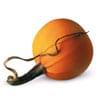 |  |
| Butternut Squash | Peas | Broccoli | Pumpkin | Carrots |
FLAVONOIDS
The flavonoids are another group of pigments (red, blue and yellow) that have vitamin-like activity. They are found in the peels and skins of coloured fruits and vegetables. The flavonoids have a sparing effect on vitamin C and further support the antioxidant system.
 |  |  |  |
| Courgettes | Peppers | Aubergine | Tomatoes |


One of our staff authors prepared this article for you
Related products

Hill's Science Plan HAIRBALL & PERFECT COAT Adult cat food with Chicken is specially formulated to effectively help avoid hairball formation in adult cats while promoting a beautiful coat. Thanks to its mix of essential Omega-6 fatty acids, this food benefits the cat's skin and fur keeping them healthy and shiny. Our Advanced Fibre Technology helps reduce hairballs by naturally promoting their passage through the gut. This food is formulated with high-quality protein for a perfectly balanced, great-tasting recipe.
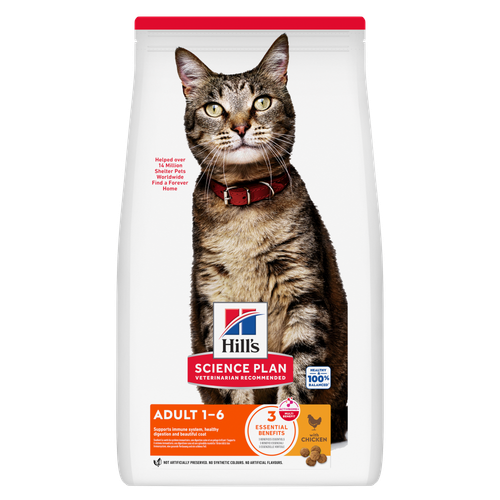
Hill's Science Plan Adult Cat Food with Chicken is a complete pet food, specially formulated with ActivBiome+ Multi-Benefit Technology.
This food is specially formulated to fuel the energy needs of cats during the prime of their life.

HILL'S SCIENCE PLAN Hypoallergenic Adult cat food with egg & insect protein is a complete pet food for adult cat 1–6 years old. It's formulated for cats with delicate skin and stomach, with limited high quality novel protein sources & no grain.

Tender chicken chunks in gravy for kittens, with omega-3s for healthy eye & brain development and high-quality protein to support muscle growth. With balanced minerals to promote strong bones & teeth.
Related articles

Learn what a pet's microbiome is, how it contributes to your pet's gut & overall health, and why nutrition is important in maintaining healthy microbiomes.

Where you store your cat and dog food can make a big difference in the quality and freshness once it is opened. Here are some common questions and recommendations for optimal storage for all of Hill’s dry and canned cat and dog food.

Learn what to look for in healthy pet food & nutrition, including ingredients, quality of the manufacturer, your pet's age, and any special needs they have

Learn all about how proteins work in your pet to help them grow strong and healthy tissue and organs.
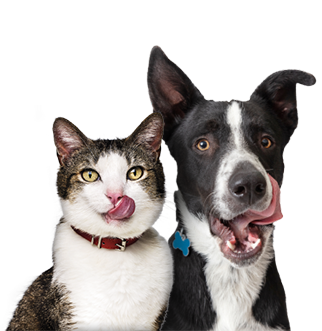
Put your pet on a diet without them knowing
Our low calorie formula helps you control your pet's weight. It's packed with high-quality protein for building lean muscles, and made with purposeful ingredients for a flavorful, nutritious meal. Clinically proven antioxidants, Vitamin C+E, help promote a healthy immune system.
Put your pet on a diet without them knowing
Our low calorie formula helps you control your pet's weight. It's packed with high-quality protein for building lean muscles, and made with purposeful ingredients for a flavorful, nutritious meal. Clinically proven antioxidants, Vitamin C+E, help promote a healthy immune system.

